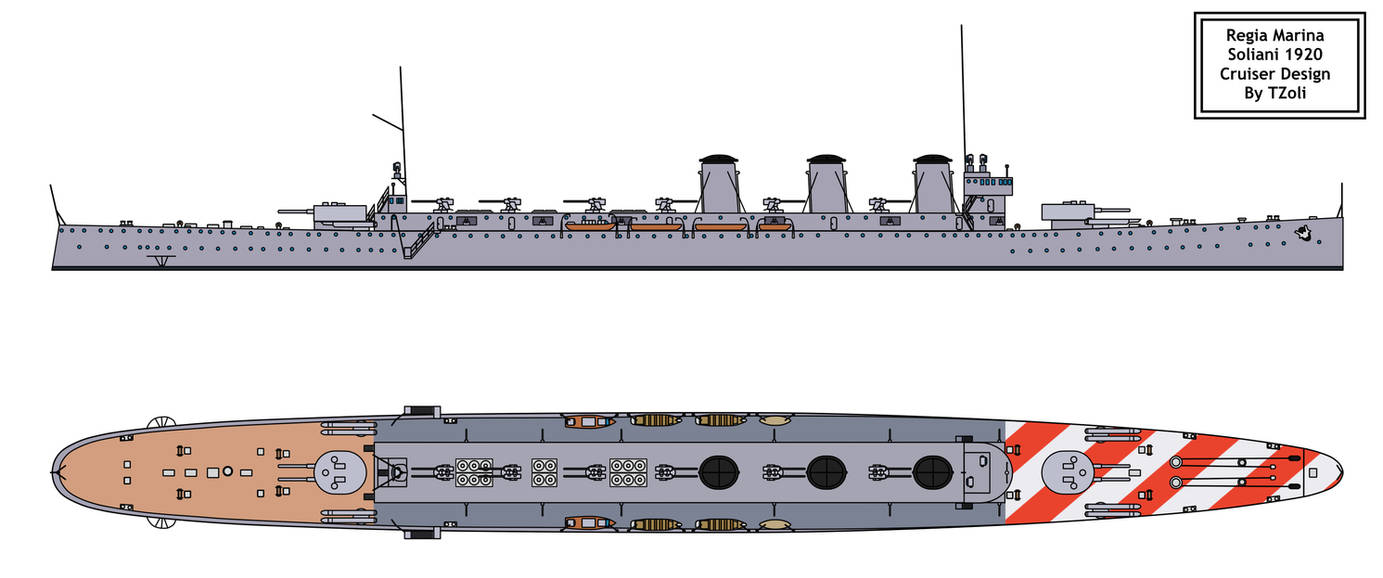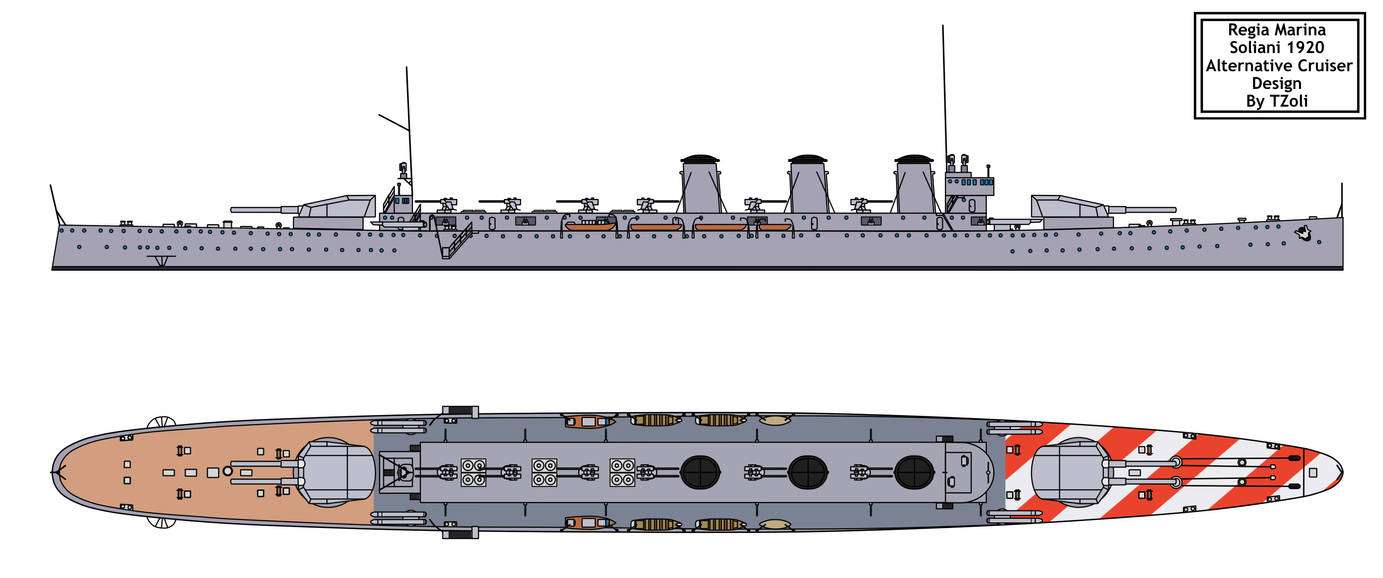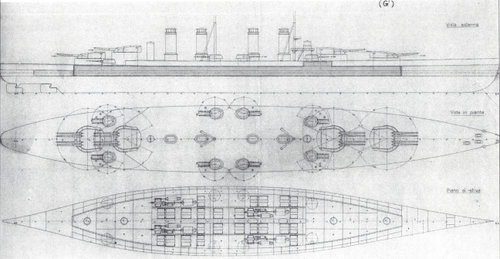ceccherini
In war there is no substitute for victory
- Joined
- 26 February 2015
- Messages
- 160
- Reaction score
- 190
After WW1 and before the Washington naval Treaty, the three major naval powers (UK, USA and Japan) were engaged in a new huge naval race, building or projecting battleships and Battlecruisers of unprecedented size and capabilities based on lessons of the war. I was wondering if the the other two significant navies of the era, that of France and Italy, had any planned reply in the form of comparable ships. Clearly postwar economy made difficult to imagine very large scale naval spending, particularly in the case of Italy that was on the brink of political revolution, but still at least some studying activities in the late '10/early '20 is both realistic and intriguing, given the somewhat unorthodox approach that characterized the ideas of French and Italian naval engineers in the big gun era. I know of several projects to complete Caracciolo and Normandies in a modernized form, of the development of the french 45 cm gun and the intention to build up to 11 battleships equipped with it and of the Cassone's sketch of a 18" inch gunned battlecruiser but nothing less vague. Have any of you more infos?




